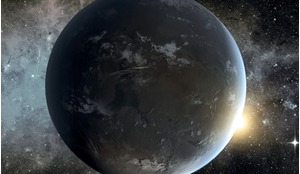October 1971 remains the only time that the United Kingdom has successfully launched a satellite into Earth orbit by means of a launch vehicle developed within the country. In doing so, it became the sixth nation to attain this capability. Unlike others, however, the UK took the decision to abandon this capability, citing cost of development and the existence of alternative, cheaper arrangements with other states. With the granting of royal assent to the Space Industry Act (SIA) 2018, however, the UK is taking legislative steps to regain sovereign launch capacity. Accompanied by a significant amount of publicity from the UK Government, the SIA represents an ambitious attempt to re-establish independent launch capacity and a launch facility within the UK to complement its burgeoning small satellite industry.
The Space Industry Act (SIA) is undoubtedly a significant piece of UK domestic space law, providing the first major overhaul in the regulation of UK space activity for a generation. This discussion will look at both the new legislation itself and also the policy imperatives that have led to its creation. The UK Parliament’s approach to the level of detail within the SIA has clearly been informed by general criticisms regarding the inadequacy of the regulatory regime that existed previously.
The size and scope of the Act suggests that the SIA is attempting to future-proof the law for the nascent space tourism industry and has one eye on the development of Skylon, the single-stage-to-orbit satellite launch vehicle. Despite the breadth of topics, the SIA is, in fact, somewhat skeletal in terms of the details and some of these omissions will be examined. As will be seen from this discussion, the SIA represents a framework upon which to build rather than the definitive last word on the regulation of space activities within the UK.














